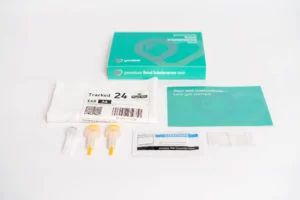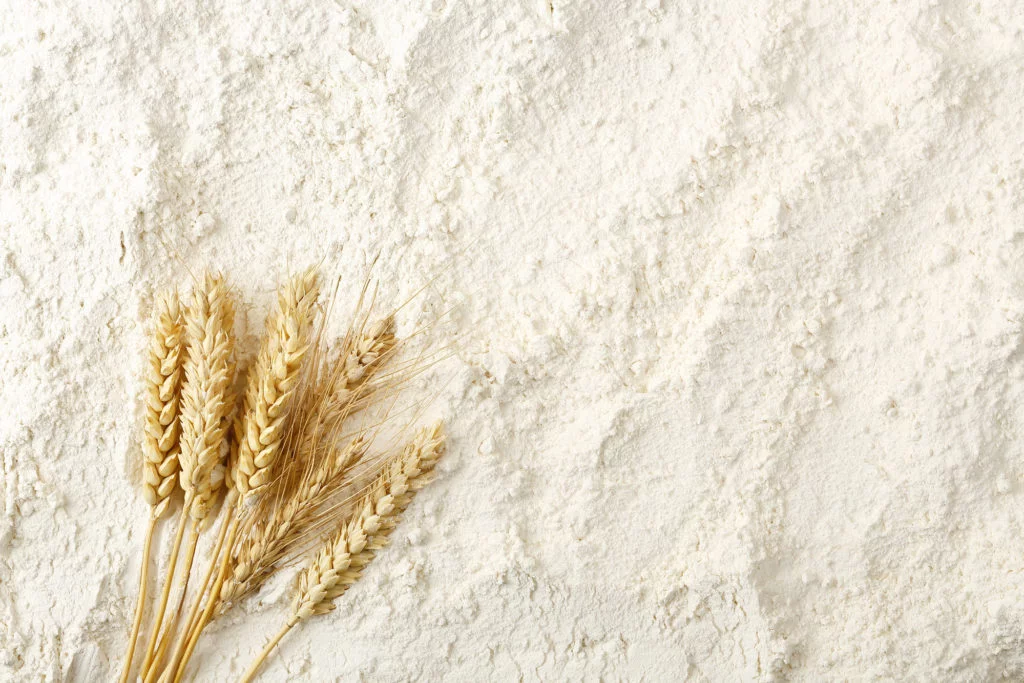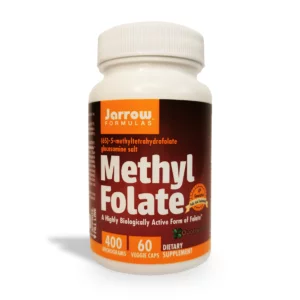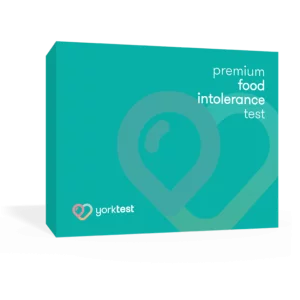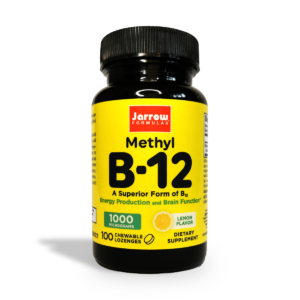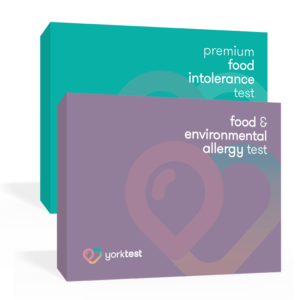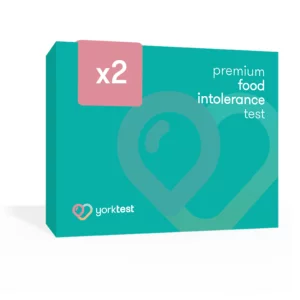Bread Intolerance vs. Wheat Allergy vs. Coeliac Disease
Bread intolerance, wheat allergy, and coeliac disease are often confused due to their overlapping symptoms, but they are distinct conditions with different causes and management strategies.
Bread Intolerance
Bread intolerance is a non-specific term that typically refers to difficulty digesting bread or its components, such as gluten, wheat proteins, or additives like preservatives and emulsifiers. Unlike coeliac disease or wheat allergy, bread intolerance does not involve an autoimmune or allergic reaction.
Instead, it is often linked to sensitivities to gluten or fermentable carbohydrates (like fructans) found in wheat. Symptoms may include bloating, abdominal discomfort, fatigue, or headaches, which tend to occur after eating bread. Diagnosing bread intolerance usually involves ruling out other conditions and observing symptom improvement when bread is eliminated from the diet.
Wheat Allergy
Wheat allergy, on the other hand, is an immune-mediated response to proteins in wheat and can cause immediate allergic reactions such as hives, swelling, respiratory issues, or even anaphylaxis. This condition is most common in children but can persist into adulthood.
Unlike bread intolerance or coeliac disease, wheat allergy is not limited to gluten—it involves a broader range of wheat proteins. Diagnosis typically involves skin prick tests or blood tests to detect IgE antibodies specific to wheat. Management requires strict avoidance of all wheat-containing foods and may involve carrying emergency medications like epinephrine for severe reactions.
Coeliac Disease
Coeliac disease is an autoimmune condition triggered by gluten—a protein found in wheat, barley, and rye. In people with coeliac disease, consuming gluten damages the lining of the small intestine, leading to malabsorption of nutrients and a wide range of symptoms such as diarrhoea, fatigue, anaemia, and joint pain.
Unlike bread intolerance or wheat allergy, coeliac disease can lead to long-term complications if untreated, including osteoporosis and an increased risk of certain cancers. Diagnosis involves blood tests for specific antibodies and confirmation through a biopsy of the small intestine. The only treatment is a strict, lifelong gluten-free diet.
In summary, bread intolerance is a non-specific sensitivity often linked to digestion issues with bread components; wheat allergy is an immune response to wheat proteins that can be severe; and coeliac disease is an autoimmune disorder requiring lifelong dietary changes. Understanding these distinctions helps ensure proper diagnosis and management for individuals experiencing adverse reactions to bread or wheat products.
Non-Gluten Causes of Bread Intolerance
While gluten is often blamed for bread intolerance, other components in bread can also trigger symptoms for many individuals. These non-gluten factors include fructans (a type of FODMAP), yeast, and various additives like preservatives and emulsifiers. Understanding these potential triggers can help pinpoint the cause of discomfort and guide dietary adjustments.
Fructans (FODMAPs)
Fructans are fermentable carbohydrates found in wheat, barley, rye, and other foods like onions, garlic, and asparagus. For some individuals, particularly those with irritable bowel syndrome (IBS), fructans can be difficult to digest. When fructans reach the large intestine, gut bacteria ferment them, producing gas and leading to symptoms such as bloating, abdominal pain, diarrhoea, or constipation.
Interestingly, research has shown that some people who believe they are sensitive to gluten may actually be reacting to fructans instead. A low-FODMAP diet, which reduces the intake of fermentable carbohydrates like fructans, can help identify whether they are the true culprit behind bread intolerance.
Yeast
Yeast intolerance or sensitivity can also contribute to bread-related discomfort. Yeast is a key ingredient in most bread types, used to make the dough rise during fermentation. For individuals with yeast intolerance, consuming bread may lead to symptoms such as bloating, gas, fatigue, headaches, or even skin rashes. This condition is often linked to an overgrowth of yeast in the gut or an immune response involving IgG antibodies.
Unlike gluten or fructan issues, yeast intolerance symptoms may take hours or even days to appear after consumption, making it harder to identify as the cause. Avoiding yeast-containing foods like bread and certain alcoholic beverages is typically recommended for those affected.
Additives: Preservatives and Emulsifiers
Modern bread often contains additives designed to improve texture, extend shelf life, or enhance flavour. Common additives include preservatives like calcium propionate (used to prevent mould) and emulsifiers such as mono- and diglycerides of fatty acids (used to improve dough consistency). While these ingredients are generally considered safe in regulated amounts, some individuals may experience adverse reactions.
For example, calcium propionate has been linked to migraines in sensitive individuals and may disrupt gut health by affecting the microbiome. Similarly, synthetic emulsifiers like polysorbate 80 have been associated with inflammation and compromised gut barrier function. These additives may not be necessary in homemade or artisanal bread but are prevalent in mass-produced varieties.
Identifying Your Trigger
If you experience symptoms after eating bread but have ruled out gluten-related disorders like coeliac disease or wheat allergy, it’s worth considering these non-gluten factors. Working with a healthcare professional or following an elimination diet—such as the low-FODMAP approach—can help determine whether fructans, yeast, or additives are contributing to your symptoms. Opting for simpler breads with minimal ingredients or experimenting with alternatives like sourdough (which has lower levels of FODMAPs due to fermentation) may also provide relief.
The Science Behind Sourdough Bread
Sourdough bread has gained attention not only for its rich flavour and artisanal appeal but also for its potential to be easier to digest for individuals with mild gluten or wheat sensitivities. The secret lies in its unique fermentation process, which transforms the dough into a more gut-friendly product through the action of wild yeast and lactic acid bacteria. These microorganisms work together in a slow fermentation process, breaking down complex compounds in the flour and creating a bread that is distinct from those made with commercial baker’s yeast.
During fermentation, lactic acid bacteria (such as Lactobacillus sanfranciscensis) play a crucial role in sourdough’s digestibility. These bacteria produce acids that lower the pH of the dough, creating an acidic environment that partially breaks down gluten and fructans (a type of FODMAP). Gluten, the protein that can trigger adverse reactions in those with sensitivities, is degraded into simpler peptides, making it less likely to cause digestive discomfort. Similarly, fructans—fermentable carbohydrates often linked to bloating and IBS symptoms—are significantly reduced during the long fermentation process. This makes sourdough bread easier on the stomach for many individuals who struggle with conventional bread.
Beyond breaking down problematic compounds, the fermentation process enhances sourdough’s nutritional profile. It reduces phytic acid, an anti-nutrient that can block mineral absorption, thereby improving the bioavailability of key nutrients like magnesium, zinc, and iron. Additionally, sourdough’s slower rise time allows for the development of beneficial enzymes and prebiotic compounds that may support gut health. Unlike quick-rise breads made with commercial yeast, sourdough’s extended fermentation creates a more complex flavour while also naturally preserving the bread by inhibiting spoilage organisms.
It’s important to note that sourdough is not gluten-free—it still contains some residual gluten and may not be suitable for individuals with coeliac disease. However, for those with non-coeliac gluten sensitivity or mild digestive issues related to bread consumption, sourdough offers a more tolerable alternative.[3] The combination of reduced gluten and FODMAP levels, enhanced nutrient absorption, and improved gut compatibility makes sourdough bread a standout choice for those seeking both flavour and digestibility.
Diagnosing Bread Intolerance
Diagnosing bread intolerance can be a challenging process, as its symptoms often overlap with other conditions like coeliac disease, wheat allergy, or non-coeliac gluten sensitivity. A proper diagnosis typically involves a combination of medical history, symptom tracking, and specific tests to identify the root cause of your discomfort. Here’s how bread intolerance can be tested:







